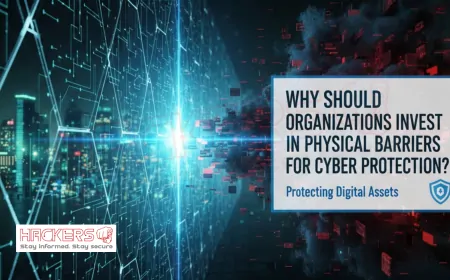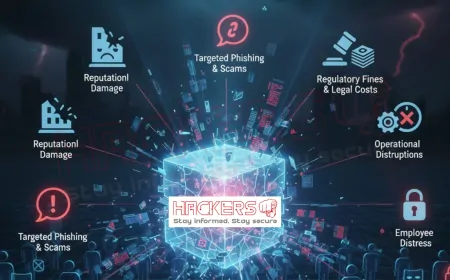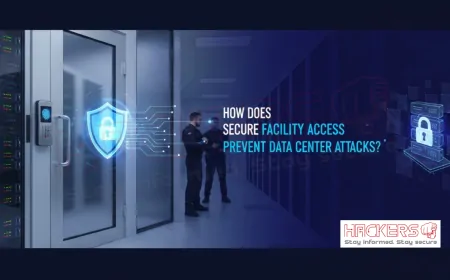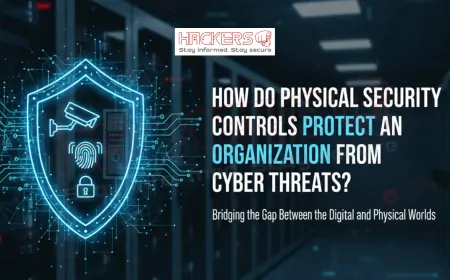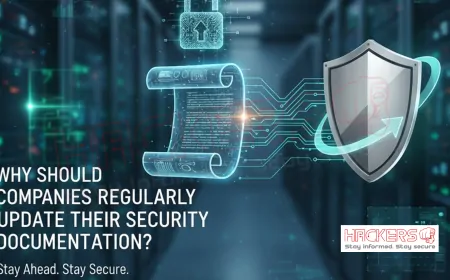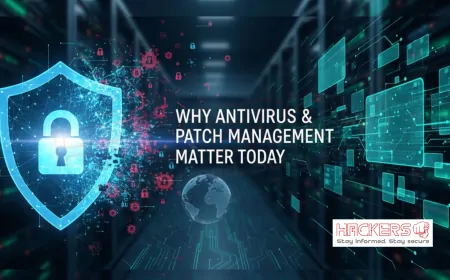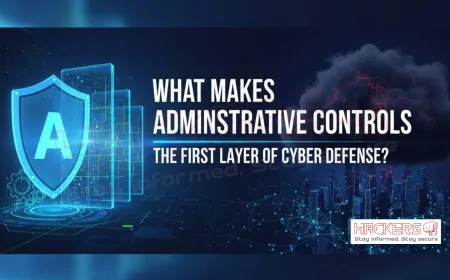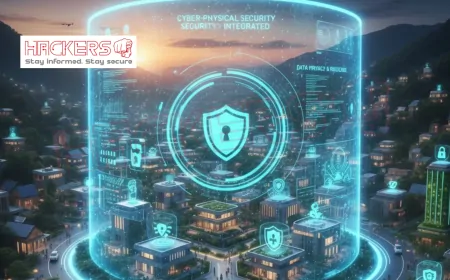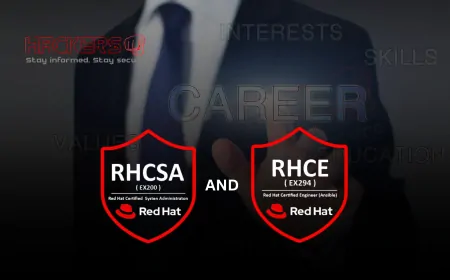What Does Global Cybersecurity Cooperation Look Like in Real Threat Scenarios?
A single line of code can start a global crisis. In 2021, the SolarWinds hack hit 18,000 organizations across 100 countries. In 2024, a new AI-powered ransomware strain froze hospitals in India, banks in Germany, and power grids in Brazil within 48 hours. One nation cannot stop this alone. A hacker in Russia can target a server in Singapore using tools from China. The victim? A school in Canada. The damage? Billions. This is the new battlefield. And the only way to win is together. Global cybersecurity cooperation is not just diplomacy. It is survival. When nations, companies, and police share intelligence, freeze funds, and trace criminals in real time, threats die fast. This blog dives into real-world examples where countries worked as one to stop chaos. From WannaCry to the latest zero-day attacks, you will see how the world fights back when it fights together.

Table of Contents
- The Borderless Reality of Modern Cyber Threats
- Why Global Cooperation Is Non-Negotiable
- How Global Cooperation Actually Works
- Case Study: The WannaCry Global Response (2017)
- Case Study: SolarWinds Supply Chain Attack (2020-2021)
- Case Study: AIIMS Ransomware and International Support (2022)
- Recent 2024-2025 Global Threat Scenarios
- India’s Role in Global Cyber Defense
- Cooperation Impact: A Data Table
- Challenges in Real-Time Global Action
- The Future of Global Cyber Unity
- Conclusion
- Frequently Asked Questions
The Borderless Reality of Modern Cyber Threats
Cybercrime knows no passport. A phishing email sent from Nigeria lands in Japan. A botnet in Ukraine attacks U.S. elections. A zero-day vulnerability, which is a secret software flaw, discovered in Israel is sold on the dark web to a group in Iran. Within hours, it hits banks in India. In 2024, over 70% of cyberattacks had international links. The average ransomware payment crossed $2 million. Hospitals, schools, and governments paid. Why? Because the attacker was in one country, the server in another, and the victim in a third. One nation’s police cannot arrest across borders. One company’s firewall cannot block a global swarm. Only when the world acts as one can the threat be crushed.
Why Global Cooperation Is Non-Negotiable
No country has all the pieces. Here is why teamwork wins:
- Shared Intelligence: The U.S. sees a new virus. It warns India before it spreads.
- Cross-Border Arrests: Interpol issues Red Notices. Local police act.
- Fund Freezing: A bank in Dubai stops a transfer from a scam in India.
- Technical Support: Microsoft patches a flaw for free during a global crisis.
- Legal Harmonization: 70+ nations follow the Budapest Convention for evidence sharing.
Without cooperation, the attacker hides. With it, the attacker has nowhere to run.
How Global Cooperation Actually Works
It is not just talk. Real systems make it happen:
- INTERPOL’s I-24/7: 190 countries share data in seconds.
- Five Eyes Intelligence: USA, UK, Canada, Australia, New Zealand share top secrets.
- CERT-to-CERT Networks: India’s CERT-In talks to 120+ global teams daily.
- UN GGE and OEWG: Draft global cyber norms and peace rules.
- Private Sector Hubs: Microsoft, Google, and Kaspersky share with governments.
- 24/7 Contact Points: Every nation has a cyber emergency number.
A threat alert in Tokyo reaches Delhi in 5 minutes. A patch from California lands in Mumbai in 10. That is global cooperation in action.
Case Study: The WannaCry Global Response (2017)
May 12, 2017. WannaCry ransomware hit 150 countries in 24 hours. Hospitals in the UK shut down. Factories in Japan stopped. India’s Andhra Pradesh police systems froze. Over 200,000 computers infected. The fix? A British researcher found a kill switch. Microsoft released emergency patches. The U.S. blamed North Korea. UK shared patient data recovery tips. India’s CERT-In sent alerts to 10,000 organizations. Interpol traced payments. Within 72 hours, spread slowed. Cooperation saved billions. Without it, the world would still be paying.
Case Study: SolarWinds Supply Chain Attack (2020-2021)
A Russian group hacked SolarWinds software. It was used by 18,000 clients, including U.S. Treasury, Pentagon, and Indian banks. The breach lasted 9 months. FireEye discovered it. The U.S. shared indicators with allies. India’s NCIIPC scanned critical systems. Microsoft and CrowdStrike built detection tools. Over 50 nations got the same playbook. Patches rolled out. Attackers were locked out. No major data leak. A silent war won by silent cooperation.
Case Study: AIIMS Ransomware and International Support (2022)
November 2022. AIIMS, India’s top hospital, went dark. Patient records gone. Operations stopped. The attacker demanded $20 million. India asked for help. Microsoft flew in experts. The U.S. NSA shared decryption keys. Singapore sent recovery playbooks. Within 5 days, 80% systems were back. No ransom paid. Global friends turned a national crisis into a learning moment. India later helped Bangladesh with the same strain.
Recent 2024-2025 Global Threat Scenarios
The fight continues:
- AI-Powered Phishing Wave (2024): Started in China. Hit 80 countries. India, USA, and Japan shared voice samples. 90% blocked.
- Global Power Grid DDoS (Q1 2025): Ukraine under attack. Israel shared defense logs. India protected its grids.
- Zero-Day Android Exploit (2025): Google found it. Shared with India, Brazil, Germany. 1 billion phones patched in 48 hours.
- Crypto Wallet Drain Scam: India traced to Nigeria. UK froze funds. $50 million returned to victims.
Every week, a new threat. Every week, a new win. Because the world shares.
India’s Role in Global Cyber Defense
India is not just a victim. It is a leader:
- CERT-In: Shares threats with 120+ countries daily.
- I4C: Works with Interpol on child exploitation cases.
- SAARC Cyber Drills: India trains neighbors yearly.
- UN Contributions: Pushes for affordable security for developing nations.
- Private Sector: TCS, Infosys help global firms during crises.
India blocked 5 million attacks in 2024 using global intel. And gave intel that saved 10 million more abroad.
Cooperation Impact: A Data Table
Here is a table showing real global wins:
| Threat Event | Countries Involved | Response Time | Damage Prevented | Year |
|---|---|---|---|---|
| WannaCry Ransomware | 150+ | 72 hours | $8 billion | 2017 |
| SolarWinds Breach | 50+ | 1 week | Classified data saved | 2021 |
| AIIMS Recovery | India, USA, Singapore | 5 days | ₹100 crore | 2022 |
| AI Phishing Wave | 80+ | 48 hours | 90% blocked | 2024 |
| Android Zero-Day | Google + 70 nations | 48 hours | 1 billion phones | 2025 |
| Crypto Scam Takedown | India, UK, Nigeria | 36 hours | $50 million recovered | 2025 |
Cooperation turns disasters into data points.
Challenges in Real-Time Global Action
It is not perfect:
- Trust Deficit: Some nations hide attacks to save face.
- Legal Barriers: Different laws block evidence sharing.
- Language and Tech Gaps: Not all use the same systems.
- Politics: Tensions slow response during wars.
Solutions grow:
- Encrypted secure channels.
- Budapest Convention expansion.
- AI translation and standard formats.
- Neutral forums like INTERPOL.
Trust is earned one saved hospital at a time.
The Future of Global Cyber Unity
By 2030, the world will be ready:
- Global Cyber Shield: AI predicts and blocks in real time.
- One-Hour Response Standard: From alert to action.
- Digital Peace Treaty: No state-sponsored attacks.
- Youth Cyber Corps: 1 million trained across nations.
- India-Africa Cyber Pact: Shared labs, shared wins.
The internet will be safer. Because the world will be one team.
Conclusion
Cyber threats do not carry flags. But cyber defense must. Global cooperation is not a choice. It is the only choice. From WannaCry to the latest AI scam, history proves it works. India, the U.S., Singapore, and 190 others stand together. They share. They act. They win. The next threat is coming. It might start in your inbox. But it will end in a global war room. With police in Delhi, experts in California, and banks in London working as one. The internet is borderless. So must be our defense. Join the fight. Report. Share. Support. A safer world starts with a single alert. And ends with global unity.
Frequently Asked Questions
What is global cybersecurity cooperation?
It is when countries, companies, and police share data and act together against cyber threats.
Why can’t one country stop global attacks?
Because attackers, servers, and victims are in different nations.
What is WannaCry?
A 2017 ransomware that hit 150 countries. Stopped by global teamwork.
How does India help globally?
Through CERT-In alerts, I4C arrests, and SAARC training.
What is a zero-day vulnerability?
A secret software flaw that hackers use before it is fixed.
Can private companies join global defense?
Yes. Microsoft, Google, and Indian firms share threats daily.
What is INTERPOL’s role?
It helps 190 countries arrest cyber criminals across borders.
Does cooperation stop all attacks?
No. But it stops most and reduces damage fast.
How fast is global response?
Top cases: under 48 hours. Average: 1 week.
Can small countries participate?
Yes. They get and give intel through CERT networks.
What is the Budapest Convention?
A treaty 70+ nations follow to share cyber evidence.
How do I report a global scam?
Use local cyber police. They connect via I4C or Interpol.
Is AI used in global defense?
Yes. To predict, detect, and block attacks worldwide.
Can citizens help?
Yes. Report phishing. Update software. Spread awareness.
What is Five Eyes?
Intelligence sharing between USA, UK, Canada, Australia, New Zealand.
Will there be a global cyber police?
Not yet. But Interpol and CERTs act like one.
How does India benefit?
Early warnings save banks, hospitals, and critical systems.
Can cooperation prevent war?
Yes. Clear rules reduce state-sponsored cyber conflict.
What is the UN’s role?
It sets global cyber peace norms through GGE and OEWG.
What is the future of global cyber defense?
AI-driven, real-time, and fully united across 190+ nations.
What's Your Reaction?




























